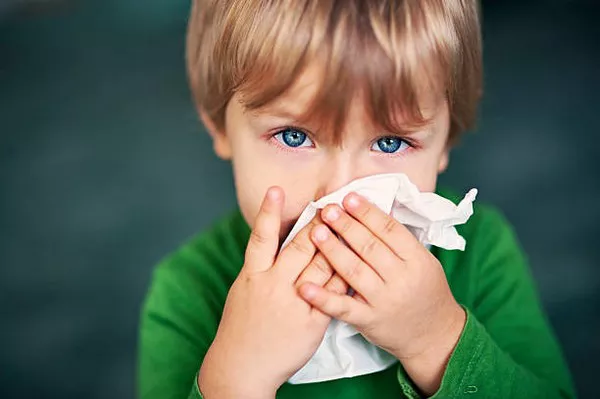Initiating sublingual immunotherapy (SLIT) for allergic rhinitis at the age of 5 significantly lowers the risk of developing allergic asthma in comparison to later treatment, as revealed by a study published in Allergy.
Led by Dr. Eckard Hamelmann, MD, PhD, Chief Physician at the Clinic for Pediatric and Adolescent Medicine, Bethel Children’s Center, Evangelical Hospital, Bielefeld, Germany, the study emphasizes the advantages of early intervention, demonstrating improvements in quality of life and reduced healthcare costs.
The research involved 812 children diagnosed with moderate to severe grass pollen allergic rhinitis (AR) but without allergic asthma. Of these, 398 children received SLIT tablets within three years of diagnosis, alongside symptom-relieving medication, while 414 children solely used symptom-relieving medication for three years.
Over the subsequent 20 years, the study found that children who began SLIT at age 5 had a 19% incidence of developing allergic asthma, compared to 24% for those initiating at age 7 and 29% for those starting at age 12.
Moreover, children commencing SLIT at age 5 experienced 294 fewer patient-years than those initiating at age 7 and 578 fewer patient-years than those starting at age 12, accompanied by enhanced quality of life.
Modeling predictions indicated a 41% risk reduction in allergic asthma development for children who received SLIT at age 5 compared to those who did not. The total healthcare costs per patient in the 20 years post-AR diagnosis were lower for early initiators (20,429 euros) than those starting at age 7 (21,050 euros) and age 12 (22,379 euros).
The study suggests that early SLIT initiation is clinically meaningful, providing lasting benefits such as cost savings and improved quality of life. Dr. Hamelmann emphasized the importance of prompt AIT initiation for children with allergic rhinitis, stating that the “wait and see” strategy with continuous symptom-relieving medications is suboptimal. The study encourages further exploration, particularly for perennial allergies like house dust mite allergy, to confirm similar results.


